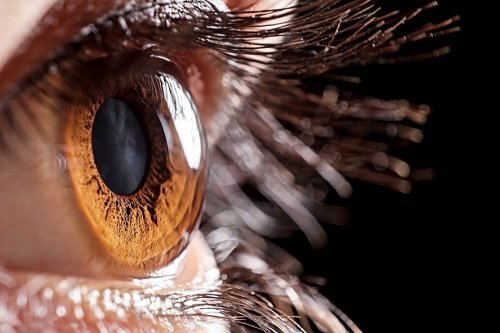New lead compounds for dry eye disease and validated dry eye rat model
The University of Antwerp has developed a new lead compound and a validated rat model for dry eye disease (DED). Pharmaceutical companies looking for a preclinical candidate for further development in DED related disease can benefit from this established expertise.

Situation before
Dry eye disease (DED) is a chronic, multifactorialdisease of the ocular surface and has become a major and increasing healthcare problem due to its high prevalence and economic burden, especially for women who are 3 times more prone to DED. Attempts to re-establish a normal ocular surface have produced a myriad of possible but mostly unsatisfactory remedies. Cyclosporine A (IkervisTM) is the only marketed DED product for DED in Europe but has only demonstrated effectivity in severe keratitis DED patients. The US FDA has approved XiidraTM for the treatment of DED, but experts in the field of DED have indicated that new and complementary therapies are needed with lesside effects.
Technology
The laboratory of Medicinal Chemistry (UAMC) has recently obtained an in vivo proof of concep twith a multi-target serine protease inhibitor, identified from a diverse library of around 300 serine protease inhibitors. Topical application of this compound in the eye of a tear-deficientdry eye rat gave a significant reduction of tissue damage and a significant reduction of the inflammatory parameters, TNF-α and IL-1α,outperforming RestasisTM. The laboratory ofMicrobiology, Parasitology and Hygiene (LMPH) developed a validated tear-deficient dry eye ratmodel for evaluation of new lead compounds (collaboration with UAMC). This model has the advantage that it allows the time-dependent analysis of relevant immunological parameters not present in mice models. LMPH will also develop a new evaporative dry eye rat model (induced by cauterization of the Meibomiangland orifices) which is clinically more relevant since evaporative dry eye comprises the majority of the whole dry eye population.
About the researchers -research group
The University of Antwerp Medicinal Chemistry (Prof. K. Augustyns) has all the necessary expertise to run chemical optimization programs and drive projects towards the ‘quality lead’stage: the team has state-of-the-art facilities for in silico molecular design, synthesis and analysis (400 MHz NMR, 2 UPLC-MS), biophysics/enzymology (SPR, microtiterplate readers,protein analysis,) and ADME/PK experiments. In addition an infrastructure for automated purification is present (prep LC-MS and SFC).The Laboratory of Microbiology, Parasitologyand Hygiene (Prof. P. Cos) has an extendedpanel of in vitro and in vivo laboratory models,including an Ocular Surface Disease rat model. The available facilities include a microbiologyand a molecular biology lab. Fluorescentmicroscopes with image analysis and a flow cytometer are available. In vivo studies are performed in the Animal Facilities, including an animal surgery with specialized equipment for temperature control and isoflurane anesthesia. Both laboratories belong to the Antwerp drug Discovery Network (www.addn.be) and to the research Consortium of Excellence Infla-Med (www.uantwerpen.be/infla-med). A H2020 MSCA-European Training network was recently granted and will be initiated in January 2018 on the drug development for dry eye disease (acronym IT-DED³). Prof. Augustynsis the coordinator of this proposal and Prof. Cosis involved as a beneficiary. All academic key opinion leaders in the field of DED and several SMEs are involved in the project.

More information
University of Antwerp
Valorisation Office
Middelheimlaan 1
2020 Antwerpen